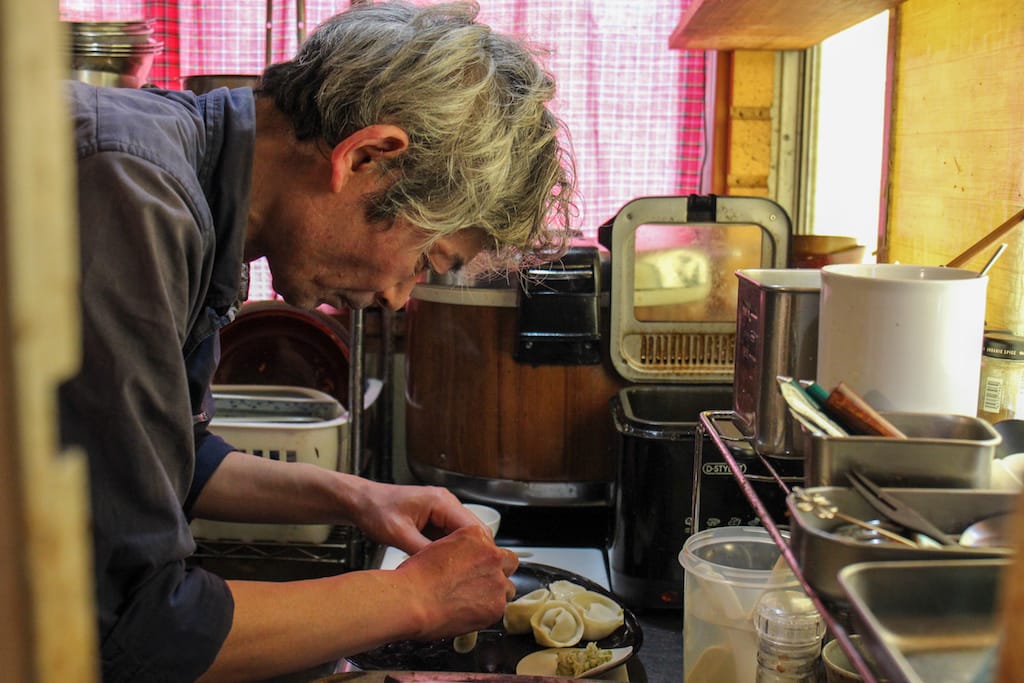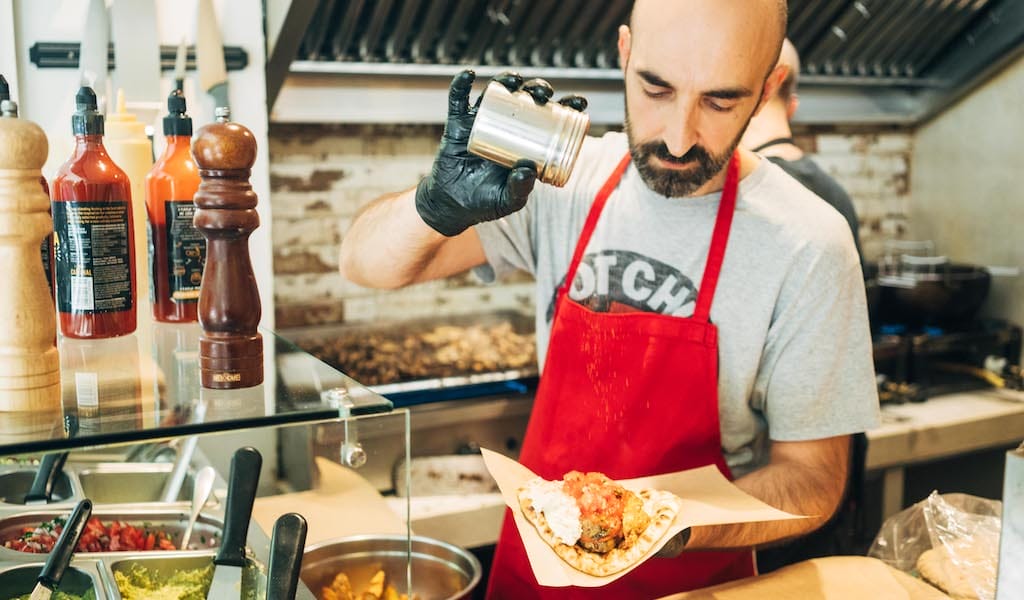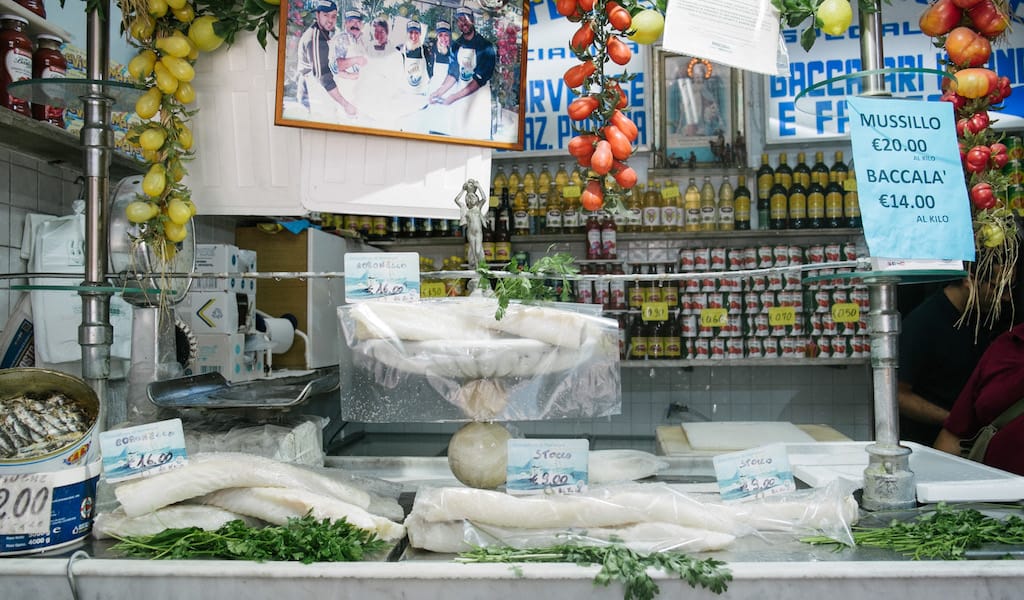From Rio to Venice, from Cologne to New Orleans and from Patras to towns all over Greece, Catholics and Orthodox (along with believers and nonbelievers of every description) celebrate Carnival – the three weeks preceding Lent – with parades, masquerades, pranks, Dionysian revels and Lucullan feasts focusing on roasted meats.
After all, the word “carnival” is thought to have come from the Italian carne levare or “abstain from meat” – which is also the meaning of the Greek Apokreas – and heralded a time when many religions prohibited consuming flesh during the sacred fast before Easter.
In the Western world, Fat Tuesday is followed by Ash Wednesday, a somber day when the faithful go to church and reappear with a smudged cross on their foreheads which the priest has traced with ashes from the burnt palms saved from the previous year’s Palm Sunday. Lent continues to be a period marked by “giving up” some treat like chocolate, eating fish on Fridays and putting a coin or two in a “mite box” for the poor.
In Greece and Cyprus, Lent begins on Clean Monday (Kathara Deftera), and it’s a public holiday marked by picnics, kite flying and more feasting. Who would have thought that 40 days of a practically vegan regime would be greeted with such cheer and joy? As Lent approaches, people wish each other Kali Sarakosti (“Happy Forty Days”), banners stretch across streets in Athenian suburbs with the same message, and the displays of fasting foods in supermarkets rival those of the Christmas holidays.
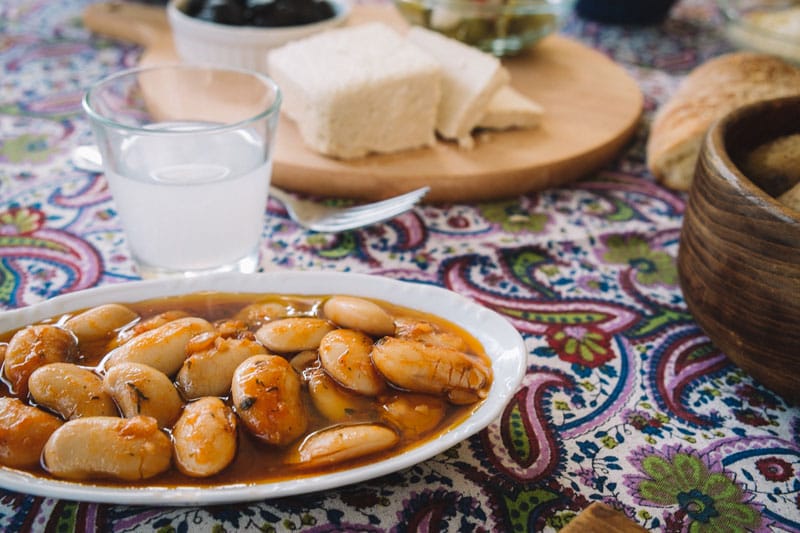
During Carnival, believers will have gradually weaned themselves of animal products, starting with meat on the second Sunday, eggs and dairy on the third and final Sunday, when the traditional meal is some version of macaroni and cheese, and ending with consumption of a single boiled egg. Although these rituals are no longer commandments, in the days before fridges and freezers, they would ensure a larder empty of forbidden foods which the housewife would then scrub to remove all traces of them, whence the Clean Monday, before she would prepare some vegan stews and salads to usher in Lent.
If possible, the day is celebrated al fresco, either a picnic or lunch party, and always with friends and extended family. Like some American Thanksgiving gatherings, guests contribute to the communal feast – the hostess never has to provide all the dishes – and the only obligation is to eat, drink and be merry. Flying a kite is part of the ritual, supposedly symbolic of a free and clean spirit.
Popular dishes throughout Lent are artichokes cooked Constantinople-style, a la polita, with onions and carrots, or with broad beans; dolmadakia yialantzi, “fake” because the grape leaves are wrapped around herb-flavored rice and not meat; black-eyed peas, beans or lentils baked or as salads; pies with greens; pickles of all sorts; spring onions and lettuce leaves; dips made with eggplant, fava (split yellow pea puree), and taramosalata, which, though made with fish roe, is acceptable.
Even the bread is different on Clean Monday: unleavened, it comes in flattish loaves that can be at least 60 centimeters (2 feet) long, called lagana. Bought piping hot from the bakery, this is the kind of irresistible bread that inevitably arrives home with a few chunks ripped out of one end. Nowadays, lagana comes in many flavors; apart from the original white, it can be whole grain, cornmeal or mixed with olives or sun-dried tomato, and a slice (or more) is ideal for scooping up the dips and sauces served at the feast.
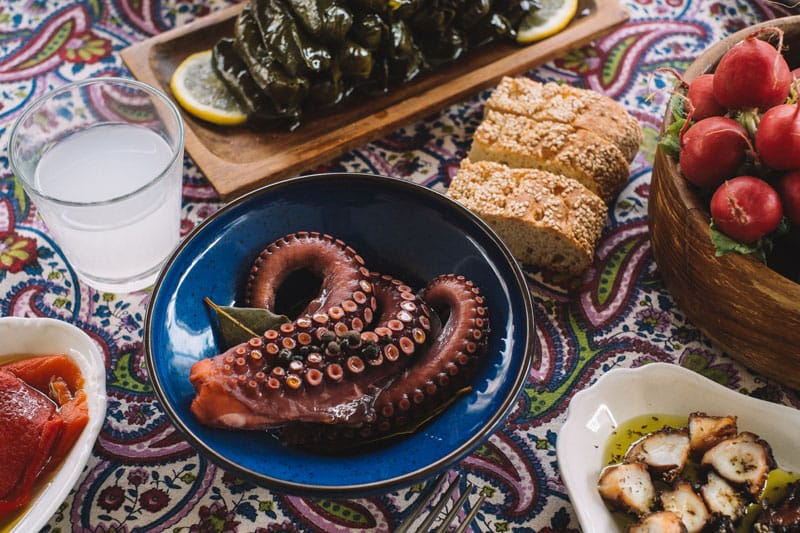
Curiously though, fish are prohibited on Clean Monday and throughout Lent because the restrictions apply to the products or byproducts of any creature that has blood in commemoration of the blood Christ shed for mankind. But, and this is where the Orthodox Lenten fast ceases to be strictly vegan, shellfish and crustaceans, being bloodless, are guzzled with gusto. Pity the poor octopus, squid and cuttlefish that are boiled, grilled, fried or stewed with onions, spinach or tomatoes. Clams, oysters and mussels grace the, by now, groaning board, but so do shrimp, crayfish, langoustines and even lobsters, by which point the spiritual component of fasting has been consigned to the closet.
There is no way of estimating how many Greeks actually observe the Lenten fast for the whole period, but vegan foods occupy a large part of every menu during this time, and no one needs to feel pressured into ordering a steak or pork chop at any restaurant. The phrase nistevo (“I’m fasting”) is respected and understood everywhere. Even fast food chains in Greece offer nistissima specials during Lent: veggie burgers or falafel.
When we came to Greece in the early 70s, it was very hard to actually find a pork chop in, say, a taverna far from decadent Athens. And butcher shops had a very lean time of it in those days before they stocked all kinds of frozen seafood.
In still earlier times, fasting was just a way of life that followed the seasons and the average Greek household’s frugal diet. A roast of any sort, even chicken, rarely graced even a well-to-do Athenian family’s table, and in the countryside a hen was only put in a pot when her laying days were over, while eggs were so precious some people used them in lieu of money in Crete, as recently as the 50s and 60s. Fasting rules became set in the late 7th century, and some scholars view them as a way of conserving scarce resources in the fallow times of year for the all too short times for feasting. The holy fathers were practical people, and in addition to matching the fasts to the seasons, they also made allowances for human frailty. So, lest some Christians take their piety to excess, they ordered that they partake of wine and olive oil on Saturdays and Sundays.
You might be surprised to learn that the Orthodox Church calendar holds only 68 days when meat and dairy are permitted. The other 215 are considered fast days, with wine and oil present on all but the strictest. Apart from Great Lent before Easter, there are three more fasting periods: 40 days before Christmas, 14 days before the Dormition of the Virgin on August 15, and the fast of the Apostles after Pentecost. In addition, one must factor in every Wednesday and Friday throughout the year and a few other holy days. However, so many exceptions exist for saints’ days within fasting per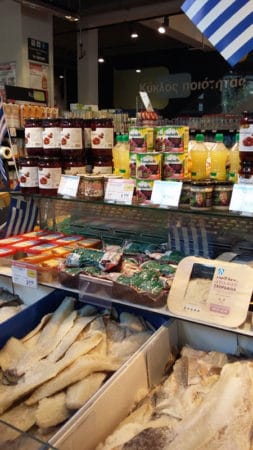 iods that the uninitiated would need a special app to observe them all. There are even some days when fish is specifically allowed, one of them being March 25, Annunciation Day, which coincides with Greek Independence Day. Fried salt cod with garlic sauce is the traditional dish and in preparation all the supermarkets stage special displays of whole sides and fillets, encrusted with salt and not, and surrounded by blue and white flags, to encourage purchases.
iods that the uninitiated would need a special app to observe them all. There are even some days when fish is specifically allowed, one of them being March 25, Annunciation Day, which coincides with Greek Independence Day. Fried salt cod with garlic sauce is the traditional dish and in preparation all the supermarkets stage special displays of whole sides and fillets, encrusted with salt and not, and surrounded by blue and white flags, to encourage purchases.
All of these traditions have produced some Greek culinary marvels and perhaps none is more spectacular than the fasting sweets. For cooks used to baking with eggs, milk and butter, the olive oil-based cakes and cookies laced with sweet wine or brandy and held together with walnuts, raisins, honey and/or tahini, grape molasses or orange juice and spiced with nutmeg, cinnamon and cloves, will be a revelation that may change their approach.
Over the years Greek cooks learned to be especially inventive, faced with the restrictions imposed by nature, widespread poverty and the Church. No wonder fasting specialties remain popular all year round. They form the foundation of Greek cuisine and are indeed cause for celebration.
Editor’s note: In the lead up to Orthodox Easter on April 8, we thought it was worthwhile to republish this 2017 feature on Greek Lenten food.
 August 5, 2022 Chabuzen
August 5, 2022 Chabuzen
Daiji Takada, owner of Chabuzen, peeks out over the counter from the kitchen, which has […] Posted in Tokyo July 8, 2019 Cookoomela Grill
July 8, 2019 Cookoomela Grill
In the center of Exarchia, a hub of activism often referred to as the “anarchist” […] Posted in Athens December 26, 2018 For Devotion
December 26, 2018 For Devotion
There’s a famous Italian saying that goes, “Christmas with yours, Easter with whomever […] Posted in Naples
Published on March 27, 2018
Related stories
August 5, 2022
TokyoDaiji Takada, owner of Chabuzen, peeks out over the counter from the kitchen, which has about a meter-long strip of standing space for one at most. The interior of this narrow restaurant, tucked away in the very fringes of the hip neighborhood of Shimokitazawa in western Tokyo, isn’t much more spacious. Two low tables on…
July 8, 2019
AthensIn the center of Exarchia, a hub of activism often referred to as the “anarchist” neighborhood of Athens, a small minimalist eatery with just a few tables outside opened last April and was an instant success by breaking all the rules. At first glance it looks like a regular souvlaki shop, with sauces and condiments…
December 26, 2018
NaplesThere’s a famous Italian saying that goes, “Christmas with yours, Easter with whomever you want.” In Naples, this piece of advice has practically become law, meaning that the Christmas holidays are spent with family – no ifs, ands or buts about it. So on December 25, Neapolitans can be found at home, surrounded by relatives…














































